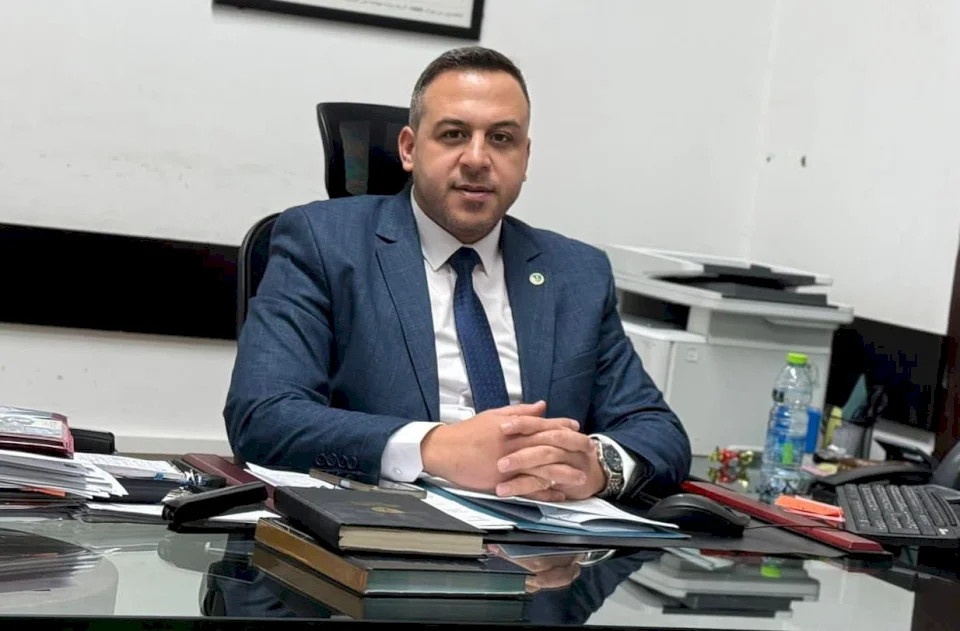
A One-Sided Ceasefire: Gaza After the Ceasefire Agreement
The ceasefire announced in Gaza did not resemble any previous ceasefire agreement. Although it came under American sponsorship, with broad Arab and Western endorsement, the days that followed revealed that what transpired was more akin to a one-sided ceasefire, in which Palestinians committed to the declared terms while the occupation machine continued its shelling and violations, obstructing the entry of humanitarian aid and imposing new realities on the ground.
A Ceasefire on Paper… and Fire on the Ground
From the very first moment of implementing the agreement, Israeli attacks in Gaza did not stop, whether through targeted airstrikes, artillery shelling along the new borders, or targeting civilian groups attempting to obtain aid. While it is supposed that crossings should be opened daily under the arrangements of the ceasefire, the reality confirms that the opening of crossings occurs irregularly and unexpectedly, and that the entry of humanitarian trucks is still subject to political blackmail and complex inspection procedures, which has made the flow of food, medicine, and water intermittent and insufficient.
According to statements from a UN official, "the current flow of aid does not meet 20% of the essential needs of the population, and Israel continues to deal with the ceasefire as an extension of managing the war in different ways."
Stagnant Political Positions… Without Field Impact
On the internal Palestinian level, Hamas issues successive political statements condemning the violations and calling for international guarantees, but shows no field response to the continued attacks in light of Israeli statements warning of military escalation in the event of any field response from Hamas.
As for the Palestinian Authority, it remains in a state of political stagnation, issuing its diplomatic positions through the channels of European and Arab mediators without leverage on the ground, while Israel, led by the dominant far-right, works to completely marginalize it from any arrangements concerning Gaza post-war. Statements from Palestinian officials to the media have clarified more than once that "the Israeli government treats the authority as though it does not exist, with the ongoing policy of financial and political exclusion," especially with the continued detention of clearance funds, which are the lifeline for the authority's budget and the services sector. With the ongoing international calls for reforms within the authority and the discrepancy in interpreting these reforms—whether they involve abandoning the Palestinian narrative in education curricula alongside rehabilitating Palestinian security forces and restructuring civil functions—there is consensus among all Palestinians that national unity is the basis for reform and proceeding to comprehensive elections that establish a Palestinian front capable of utilizing all available tools and means to be robustly present in all fields.
The West Bank: An Unrecognized Ceasefire
While the eyes of the world remain on the ceasefire in Gaza, the West Bank is witnessing an unprecedented escalation in the pace of violence, as settlers continue their "barbaric" attacks, as described by human rights organizations, on Palestinian villages and towns, under the protection of the Israeli army. At the same time, the occupation continues to slice the West Bank with more than 900 military checkpoints, turning the lives of millions of Palestinians into a series of daily obstacles and economic and social paralysis.
An expert on Israeli affairs comments that "the Israeli government acts as if the ceasefire is an opportunity to deepen control over the land and impose facts on the ground, rather than to achieve calm."
Formal American Sponsorship… and an Ineffective International System
Although Washington announces its commitment to the ceasefire, it suffices with soft pressure statements that are not translated on the ground. Statements from American officials have talked about "the necessity to respect the ceasefire and allow aid to enter," but these do not accompany any actual pressure tools, whether at the level of condemning attacks or imposing conditions on the uninterrupted military support provided to Israel.
The Arab and Western countries that endorsed the agreement have merely issued statements without political initiatives, field monitoring committees, or real guarantees to stop violations.
A One-Sided Ceasefire… with a Reality That May Lead to Explosion
All of the above makes the current ceasefire unbalanced, and it is viewed from a Palestinian perspective as a "one-sided ceasefire," used as an international cover for Israel to continue military and economic pressure, create a stifling humanitarian environment, and reshape the Palestinian political landscape to serve its agenda.
In light of the ongoing blockade, the obstruction of relief, the expansion of violence in the West Bank, the imposition of a new reality on the ground, and the absence of a unified Palestinian stance, the ceasefire appears to be a fragile phase that could explode at any moment, especially with increasing indications that the occupation is using it to rearrange its papers rather than to reach a comprehensive peace or a long-term ceasefire.

A One-Sided Ceasefire: Gaza After the Ceasefire Agreement

Washington and Tel Aviv: Disputes or Maneuvers?

Taking from My Life and Giving It...

Corruption in the So-Called Humanitarian Aid for Gaza

The Coming Economy...

Resolution 2803: A Danger or an Opportunity?

The Palestinian Political Class is Not Immune to Infiltration

